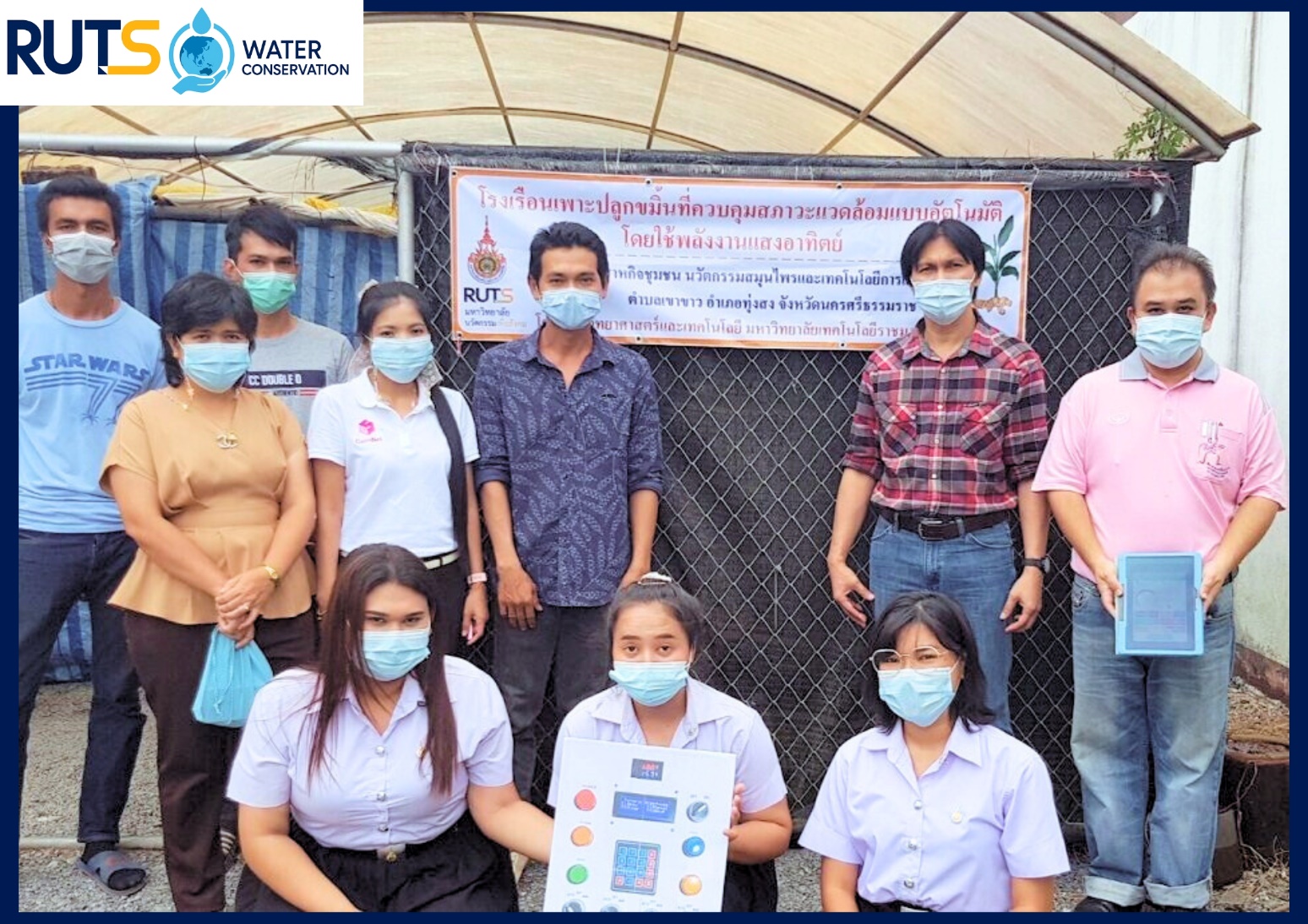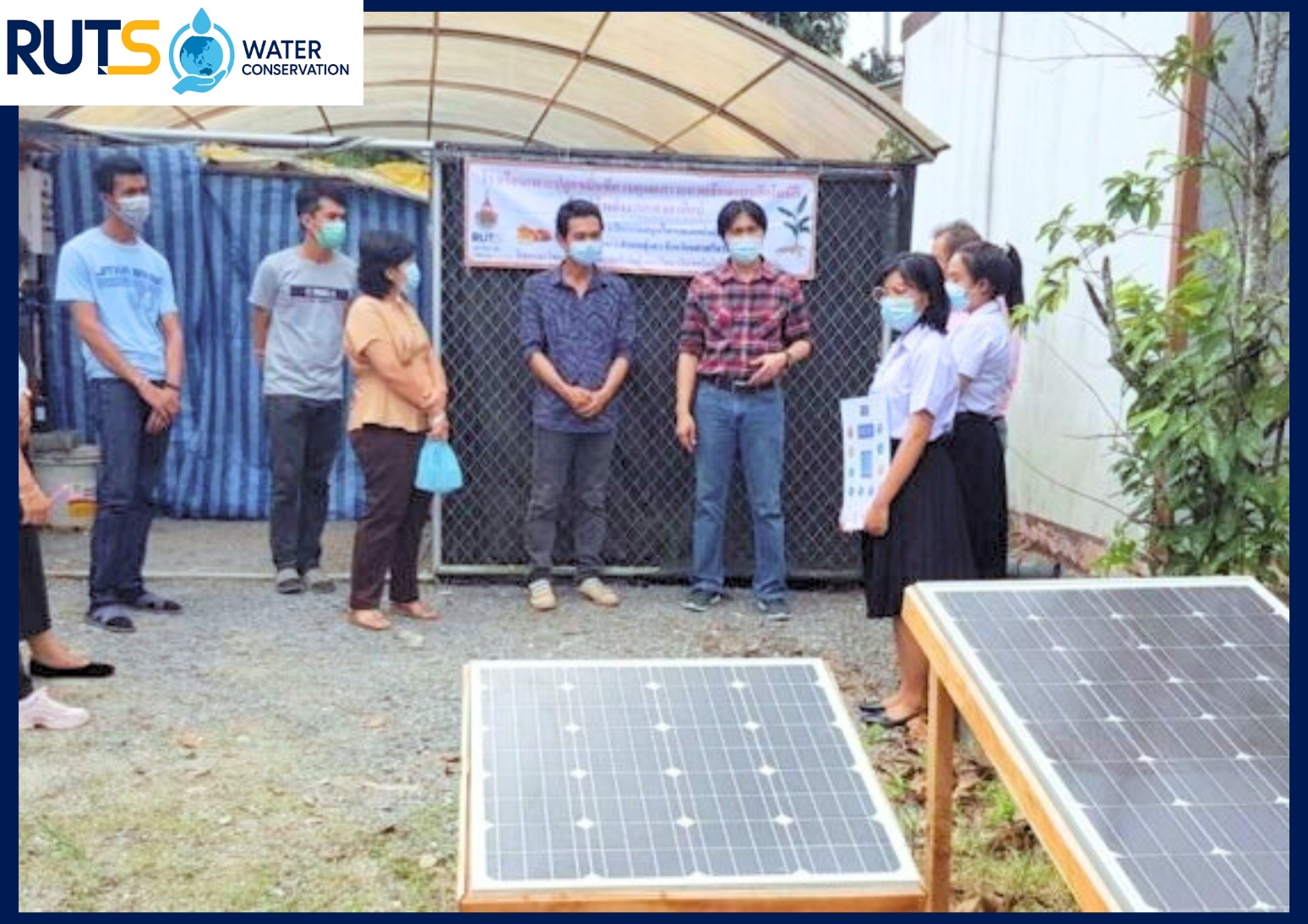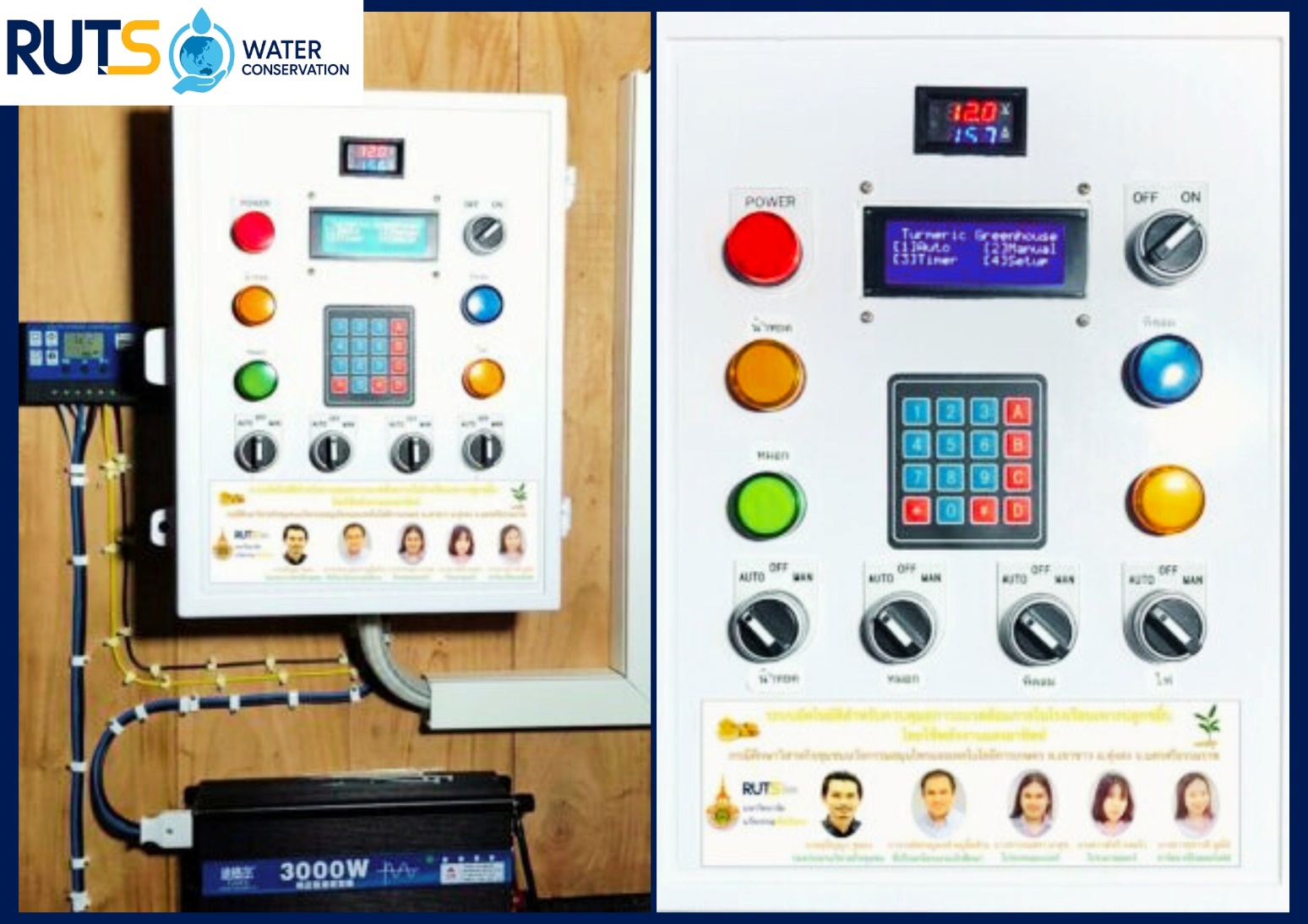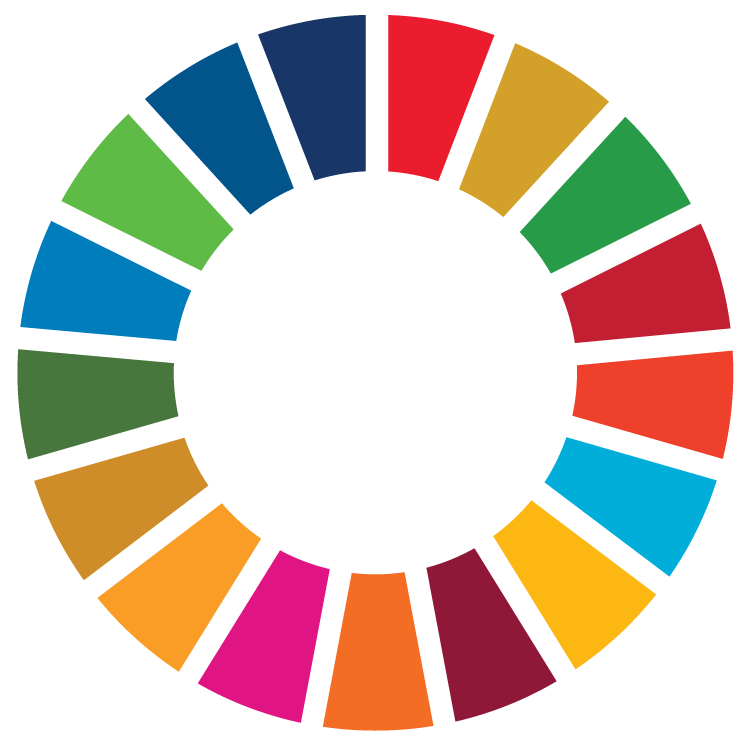Reporters: Mr. Sujinda Saehan, Mr. Ekkajak Intarat, Mr. Nitigon Jumniansuk, Mr. Thanet Sangseejun
Evidence Date: June 29th, 2024
Related SDGs: 
Related Indicators: 6.5.1, 6.5.3, 6.5.5, 6.5.6, 6.5.7
Details:
The Innovative Herbal and Agricultural Technology Community Enterprise, located in Khao Khao Subdistrict, Thung Song District, Nakhon Si Thammarat Province, specializes in cultivating Curcuma longa (turmeric) to produce dietary supplements for commercial use. However, conventional open-field turmeric cultivation faces several challenges, including pest infestations that affect crop quality and the need for soil resting periods, which limit planting to only once a year. As a result, the community experiences gaps in production and reduced agricultural efficiency.

To address these challenges, Ms. Patcharee Khongkaew, Ms. Supawadee Moonee, and Ms. Anusara Masuk, students from the Information Technology Program, Faculty of Science and Technology, Rajamangala University of Technology Srivijaya (RUTS), under the supervision of Lecturer Saranpong Nooyimsaai and the program’s faculty members, developed an automated greenhouse system for turmeric cultivation. This innovative system uses solar energy and environmental sensors to automatically control internal conditions such as temperature, humidity, and soil moisture.

The system operates autonomously based on predefined thresholds or scheduled times and can be managed through two interfaces: a manual keypad control panel and smart devices such as mobile phones and tablets running Android or iOS. Moreover, the system sends real-time operational notifications via the LINE application, including updates like “System Activated,” “Automatic Mode On,” “Fan On/Off,” and “Irrigation Running.”

The automated control unit regulates key equipment in the greenhouse — including ventilation fans, mist sprayers, and drip irrigation pumps — to maintain an optimal environment for turmeric growth. To reduce operational costs, the system is designed to utilize solar panels as its main power source, with a backup connection to the conventional electricity grid when solar power is insufficient.
A distinctive advantage of this solar-powered automated environmental control system is its adaptability: it can be customized for other crops or even animal husbandry, promoting broader agricultural innovation and sustainable practices within the community.
The completed automated turmeric greenhouse system was officially handed over to the Innovative Herbal and Agricultural Technology Community Enterprise, Khao Khao Subdistrict, Thung Song District, Nakhon Si Thammarat, where Mr. Supanya Chuthong, Vice President of the community enterprise, received the system for further practical use and expansion.
This initiative not only strengthens the community’s capacity for sustainable agricultural production but also supports the United Nations Sustainable Development Goals (SDGs), particularly SDG 6: Clean Water and Sanitation, by promoting efficient water management through automated irrigation systems and soil moisture monitoring that minimize water waste and optimize usage in cultivation. The system’s intelligent control of water distribution ensures that plants receive adequate hydration while conserving valuable water resources—an essential step toward sustainable agriculture and environmental protection. In addition, the project contributes to SDG 7: Affordable and Clean Energy through the use of solar power, SDG 9: Industry, Innovation, and Infrastructure by applying smart and IoT-based technologies to modernize farming practices, and SDG 12: Responsible Consumption and Production by encouraging sustainable production methods that balance productivity with environmental stewardship and community well-being.
This collaboration between RUTS and the local community enterprise demonstrates how academic innovation can drive real-world sustainability, enhancing food security, supporting local economies, and encouraging the adoption of clean technologies in rural Thailand.
Related Links:



